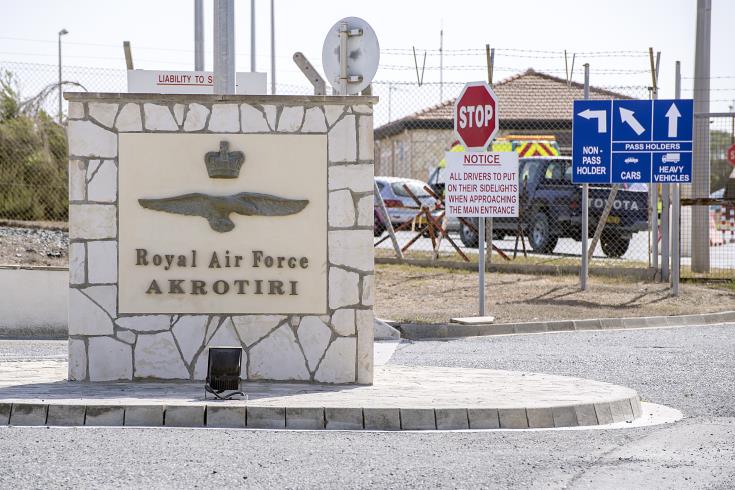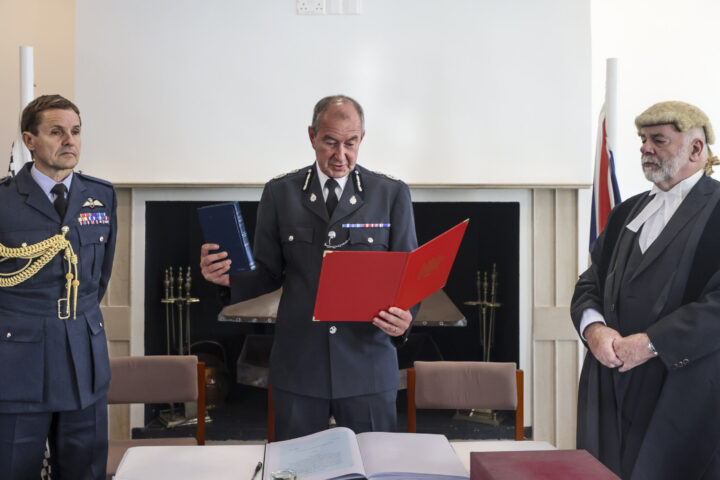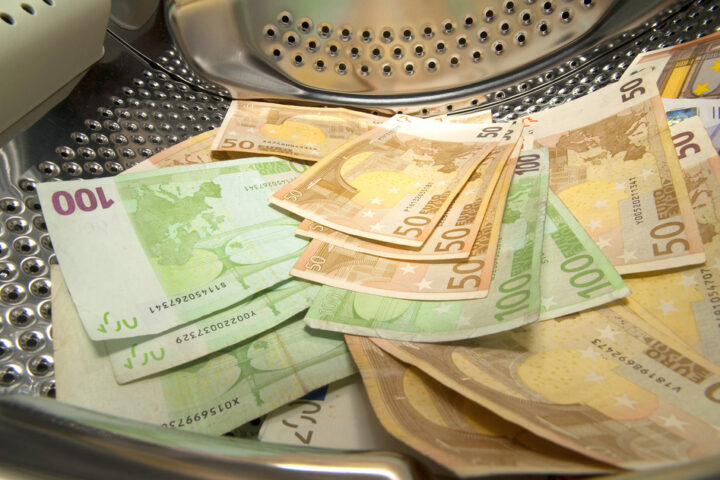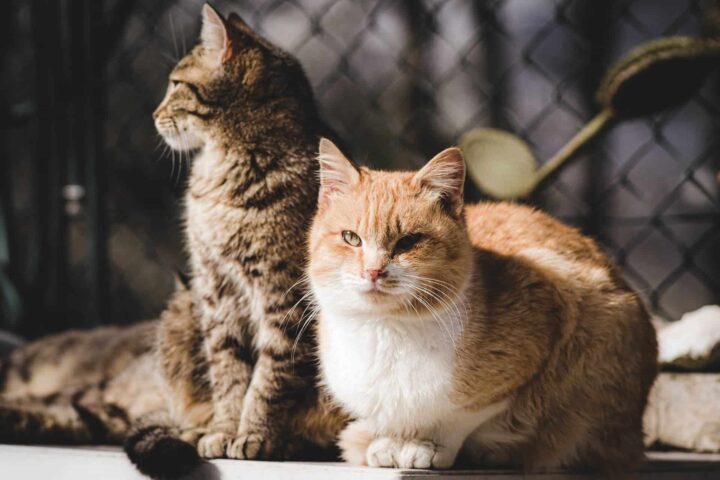The UK has evacuated its diplomatic staff and their dependants from Khartoum, with the British bases in Cyprus used during the high-risk operation in Sudan.
Announcing the evacuation, Rishi Sunak said British armed forces had conducted “a complex and rapid” military operation.
The evacuation involved members of UK special forces and the Parachute Regiment.
UK citizens are still trapped by the fighting in Khartoum, but James Cleverly, the UK foreign secretary, insisted the top priority remained the safety of British nationals.
He said the UK was working round the clock to broker international support to end the bloodshed in Sudan, which has pitted army units loyal to Sudan’s military ruler, Gen Abdel Fattah al-Burhan, against the Rapid Support Forces (RSF), led by Mohamed Hamdan Dagalo, known as Hemedti.
Cleverly warned that UK Government efforts to provide assistance to those stuck in Sudan will remain “severely limited” until a ceasefire is reached.
Ben Wallace, the defence secretary, said the operation to remove British embassy staff from Sudan involved more than 1,200 personnel from the British Army, Royal Navy and the Royal Air Force (RAF).
The operation was carried out in conjunction with the French military, and British troops had flown from RAF bases in Cyprus.
Military sources added the SAS were involved, although the UK has a standing policy of not commenting on the presence of special forces.
The Rapid Support Forces, the paramilitary group claiming control of Khartoum airport, said six planes had been involved in the mass evacuation of diplomats, adding the rescue mission had been carried out with their full cooperation and knowledge.
British troops had been on the move since at least Friday via locations including Cyprus, with one military source saying, “almost all Hereford”, a reference to the SAS, were among those involved in the emergency international effort.
Cleverly said: “We have taken advantage of a temporary lull in the violence we have seen in Sudan, but we remain absolutely committed to helping British nationals in Sudan in close coordination with our international partners.
“The best thing we can do to support British nationals is to support the generals involved in this conflict to bring it to an end”.
Defending the prioritisation of the diplomats, he said those working in the British embassy in Khartoum had been unable to carry out their functions because of the violence.
He also said the UK had to fulfil “our duty to protect them as their employer we are relocating them to other embassies in the region”.
How it happened
It was thought to be around two dozen British diplomats plus family members as well as a handful of officials from other nations that Britain had offered to help.
The troops met with the evacuation party of around 30 people, including children, and prepared for the extraction.
They had to assess the situation on the ground – the scene of deadly fighting for the past week and a half – and work out if it was safe enough to bring them out without more back-up.
In tandem with this first leg of the mission, two Royal Air Force transport planes – a C-130 Hercules and an A400M Airbus – had taken off from RAF Akrotiri, a sprawling British military base in Cyprus.
The aircraft, operating in coordination with the French and US armed forces and with permission from the Sudanese military, landed on a Sudanese airfield called Wadi Seidna which is about 30km north of Khartoum, at around 1 am on Sunday morning, UK time.
This was about an hour and a half after the US aircraft – carrying the initial team of elite British soldiers – had landed in Khartoum.
The potentially most hazardous stage in the UK rescue mission came next.
The elite team of British soldiers with the diplomats had to travel from their assembly point in Khartoum to the airfield – a journey of about 30km, through multiple checkpoints.
In the event, however, a window opened of relative calm to allow the soldiers on the ground to drive their passengers to the airfield.
A unit of troops from the two aircraft, which brought in military vehicles as well for the operation, also mobilised and moved towards the initial rescue team to assist.
It was not clear if the British troops encountered any gunfire or shelling.
Once at the airfield, the diplomats and families boarded the aircraft, and the two British planes took off at around 9 am, UK time, and headed back to Cyprus.
It is thought the aircraft had been on the ground for about seven to eight hours.
(sources The Guardian, Sky News)










